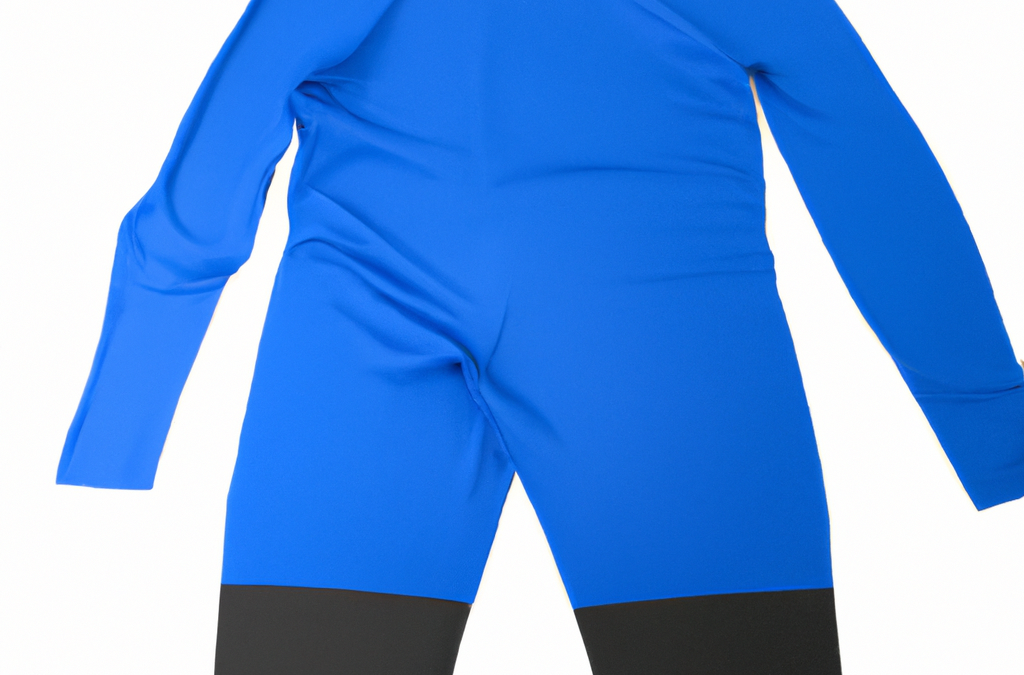In the world of sports and athletics, athletes are constantly seeking ways to enhance their performance, recover faster, and reduce the risk of injuries. One of the tools that have gained increasing popularity in recent years is compression clothing. But what are compression clothes, and how do they benefit athletes? In this article, we delve into the science behind compression clothing and explore its significant advantages for those who push their bodies to the limit.
What Are Compression Clothes?
Definition and Purpose
Compression clothing, often referred to as compression garments or gear, is specialized sportswear designed to fit tightly against the skin. These garments are typically made from a blend of elastic materials such as spandex and nylon. The primary purpose of compression clothing is to provide graduated compression to various parts of the body, particularly the limbs.
History and Evolution
The use of compression garments dates back centuries when they were primarily utilized for medical purposes. However, in recent decades, compression clothing has made its way into the world of sports and fitness, thanks to advancements in fabric technology and a deeper understanding of its benefits.
How Compression Clothing Works
Mechanism of Compression
Compression clothing works by exerting pressure on specific muscle groups and body parts. The pressure applied is graduated, with the highest pressure at the extremities and gradually decreasing as it moves closer to the core of the body. This compression mechanism helps to improve blood circulation and lymphatic flow.
Blood Circulation Enhancement
One of the key advantages of compression clothes is its ability to enhance blood circulation. By squeezing the muscles, veins, and arteries, compression wear assists in pushing blood back to the heart more efficiently. This increased blood flow delivers more oxygen and nutrients to muscles, reducing fatigue during exercise.
Muscle Support
Compression clothing also provides essential muscle support. It helps to stabilize muscle tissues, reducing the vibrations and oscillations that occur during physical activity. This support can enhance muscle efficiency and reduce the risk of muscle fatigue and soreness.
Benefits for Athletes
Improved Performance
Athletes who wear compression clothing often report improved performance during training and competition. The enhanced circulation and muscle support contribute to increased endurance and strength. Additionally, the compression helps maintain proper body alignment, reducing the risk of injuries caused by improper form.
Faster Recovery
One of the most significant benefits of compression clothing is its ability to expedite post-exercise recovery. The improved blood flow helps remove metabolic waste products like lactic acid more efficiently, reducing muscle soreness and stiffness. This means athletes can bounce back quicker and perform at their best sooner.
Injury Prevention
Compression garments also play a role in injury prevention. By providing support to muscles and joints, they reduce the risk of strains, sprains, and other injuries. This preventive measure is particularly valuable for athletes engaged in high-impact sports.
Choosing the Right Compression Gear
Sizing and Fit
Selecting the right size and fit is crucial when choosing compression clothing. A proper fit ensures that the compression gear functions optimally. Consult size charts provided by manufacturers and consider getting professionally measured if necessary.
Compression Levels
Compression clothing comes in various compression levels, usually measured in millimeters of mercury (mmHg). Higher compression levels are typically recommended for post-workout recovery, while lower levels are suitable for daily wear during exercise. Consult with a sports therapist or specialist to determine the best compression level for your needs.
Common Myths About Compression Clothing
Myth #1: Compression Clothes Are Just for Medical Use
While compression clothing originated from medical applications, it has evolved to cater to athletes’ needs. Today, compression garments are designed with both functionality and style in mind, making them suitable for sports and fitness enthusiasts.
Myth #2: Compression Clothes Are Uncomfortable
Many people believe that compression wear is uncomfortable due to its tight fit. However, modern compression clothing is designed to provide a snug yet comfortable feel. Proper sizing and breathable materials ensure that athletes can move freely without discomfort.
Real-World Applications
Athletes’ Testimonials
Countless athletes from various disciplines have attested to the benefits of compression clothing in their training and performance. From runners and cyclists to basketball players and weightlifters, compression gear has found its place in the sports world.
Studies and Research
Scientific studies have also substantiated the advantages of compression clothing. Researchers have conducted studies examining the effects of compression wear on endurance, recovery, and injury prevention. The results consistently support the positive impact of compression clothing on athletic performance.
Conclusion
In conclusion, compression clothing is not merely a trend but a scientifically proven tool that can significantly benefit athletes. Its ability to enhance circulation, provide muscle support, improve performance, expedite recovery, and prevent injuries makes it a valuable addition to any athlete’s arsenal. When chosen correctly, compression clothing can help athletes push their limits and achieve their goals safely and efficiently.


Recent Comments